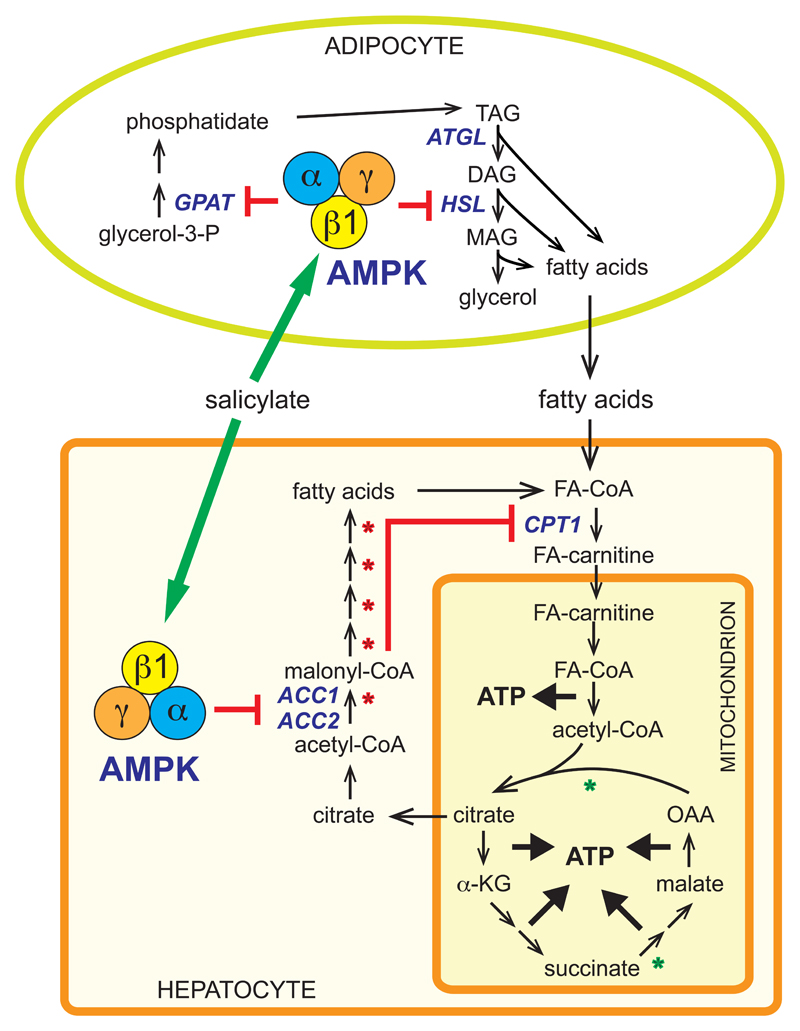Figure 2. Effects of salicylate on lipid metabolism mediated by AMPK.
Salicylate activates AMPK in both hepatocytes and adipocytes. In hepatocytes, AMPK activation causes phosphorylation of the ACC1 and ACC2 isoforms of acetyl-CoA carboxylase, lowering malonyl-CoA. This inhibits fatty acid synthesis, while also promoting fatty acid oxidation by relieving inhibition of carnitine-palmitoyl-CoA transferase-1 (CPT1), thus helping to generate ATP. In the longer term, AMPK promotes oxidative metabolism by increasing expression of oxidative enzymes (e.g. those marked with green asterisks), while down-regulating lipogenic enzymes (red asterisks). In adipocytes, AMPK activation inhibits fatty acid synthesis (not shown) by phosphorylation of ACC1, and triacylglycerol (TAG) synthesis by inactivation of glycerol phosphate acyl transferase (GPAT), while inhibiting TAG breakdown by phosphorylation of hormone-sensitive lipase (HSL), the enzyme that converts diacylglycerol (DAG) to monoacylglycerol (MAG). The latter effect reduces release of fatty acids into the bloodstream (lipolysis). The net effect of these changes is that salicylate reduces the accumulation of lipids in hepatocytes, enhancing insulin sensitivity.

